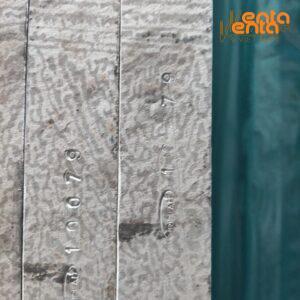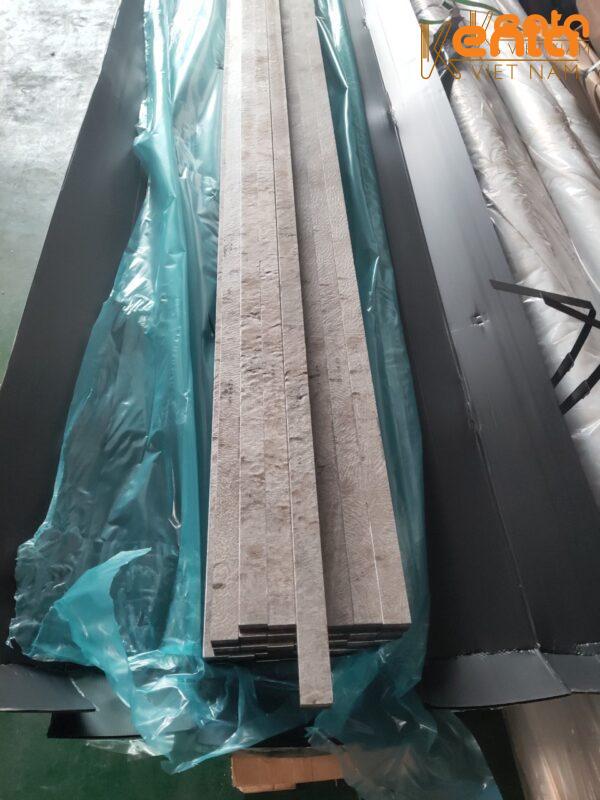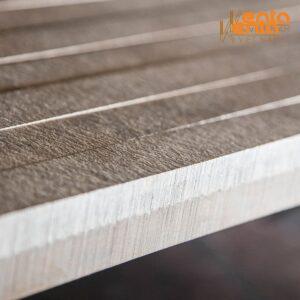Knowledge, Technology
What are bimetallic materials?
In modern industries, materials are a crucial factor determining the durability, safety, and lifespan of products. Among them, bimetallic materials (also known as bimetals) are gradually becoming popular due to unique features that no traditional material can replace. So, what are bimetallic materials? What makes them a top choice in many industries?
What are bimetallic materials?

Bimetallic materials are a combination of two different metals on the same sheet of material. These two metal layers are pressed tightly, cold rolled, or bonded together using high thermal force to ensure a strong connection. The special point here is: each metal is selected to maximize its individual properties, and when combined, they complement each other’s strengths, making the material far superior in performance.
Why use bimetal instead of pure metal?
In many cases, although pure metals have good properties, they do not deliver maximum efficiency in use. For example, aluminum conducts electricity well but is quite prone to wear, while copper is durable but expensive. By combining them, we get a material that conducts electricity well, resists oxidation effectively, and at the same time reduces cost.
Therefore, bimetallic materials are a solution that "takes both strengths," optimizing heat transfer, electrical conduction, wear resistance, and thermal expansion. This is also why they are widely applied in many heavy industrial devices.
Diverse applications of bimetallic materials
From electricity to automobiles, ships, construction, and household appliances, representatives of bimetallic materials appear quite frequently. In electronics, aluminum-copper bimetal bars help conduct electricity quickly and stably. In terms of temperature, thermal sensors use bimetals to detect temperature changes accurately. Even in welding materials, welding rods or wires with bimetal layers increase adhesion and prevent oxidation when welding various materials.

Why does choosing bimetallic materials need to meet standards?
Due to their special structure, the production and construction of bimetallic materials require clear technical standards and raw materials. The metal layers must be cut evenly, meeting standards for thickness and adhesion. Otherwise, the product is prone to delamination or deformation during use. This is why you should select reputable suppliers like Kenta Vietnam – specializing in updating and supplying industrial materials including: aluminum sheets, welding wires, welding rods, and various bimetallic materials of high-quality standards.
Why choose Kenta Vietnam?
With many years of experience in supplying industrial materials, Kenta VietNam always prioritizes quality and accompanies customers in every project. We provide various types of materials, from aluminum sheets to bimetallic welding wires/rods, complete with CO-CQ and certification.
We clearly understand that good materials are the foundation for a sustainable project. For more detailed information on bimetallic materials and price quotes, contact us today.




















